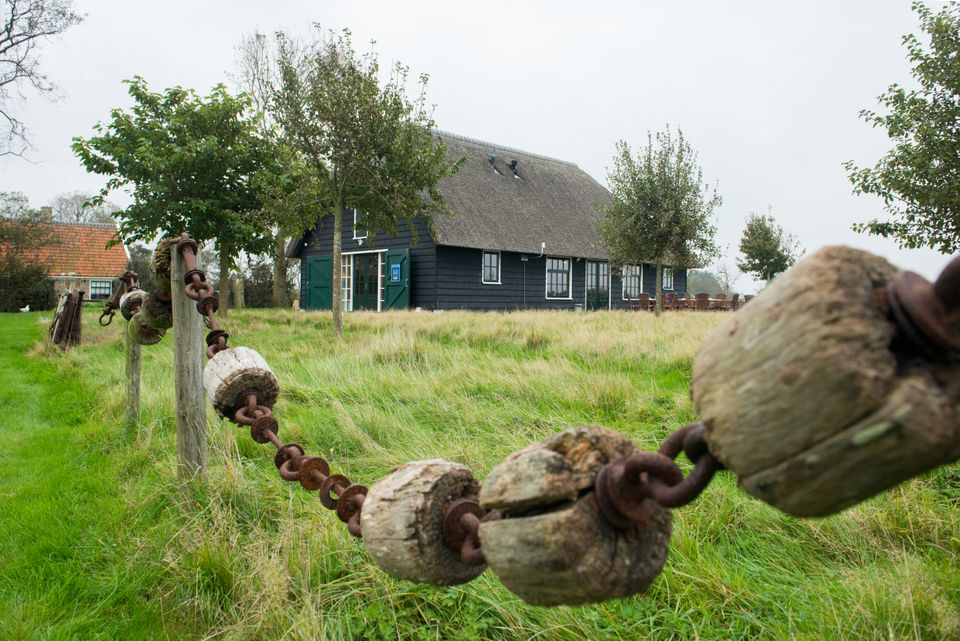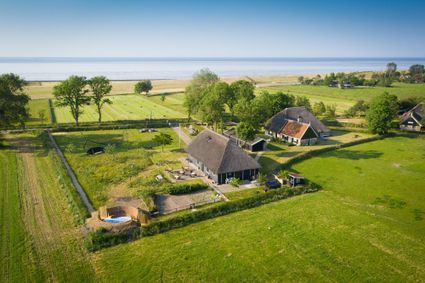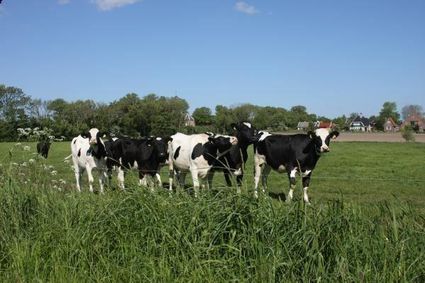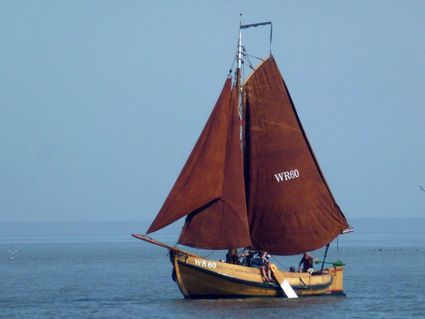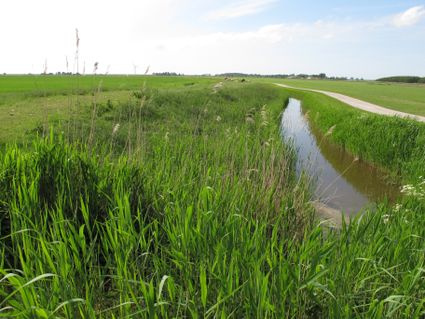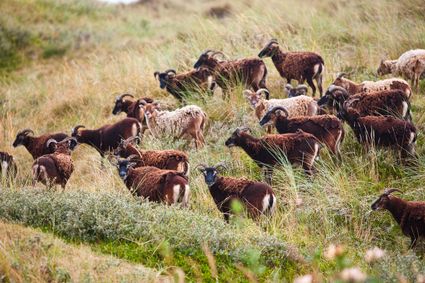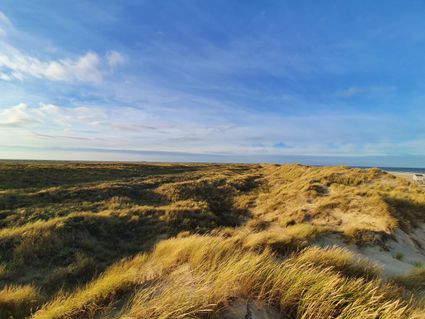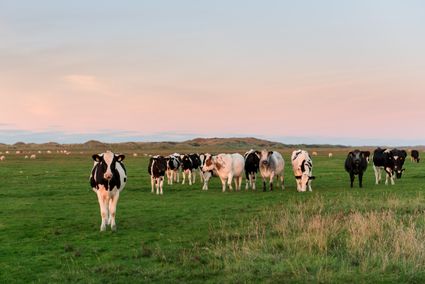What the Haubargs tell you about the landscape
When you see square farms with pyramid-shaped roofs, you know you’re in North Holland. But did you know that these Haubargs have a great deal more to reveal about the landscape?
Recognizing the farmhouse
You'll come across these characteristic Haubargs all along the Wadden coast in North Holland. The oldest ones have been around since the middle of the 16th century. The youngest were built as late as the mid 20th century. The Haubarg’s profile is characterised by its wooden support structure: a square with a roof beam bent. Some of the farms are constructed out of two or three of these squares.
The construction grants the farm a lot of interior space and distributes the weight evenly over the entire surface. This is very convenient when building on soft soil. It also makes the farms very wind-resistant, which is crucial in the Wadden area. Another typical feature of the Haubargs along the Wadden coast is that they don’t have a front door. Once you've seen one, you can’t miss them. You can only enter the farm from the side facing the land - the back.
You will never find a Haubarg by itself. They are always grouped together to form structures. These structures tell you something about the soil they’re built on as well as when they were constructed. For example, the oldest farms in Wieringen are built on the higher parts of the former island, often spread out willy-nilly along the winding roads in so-called Haubarg swarms. These small Haubargs are surrounded by more greenery than those on Texel, where they are often built in open fields. Good examples of this can be found along the Stroeërweg, where the Wieringer eilandmuseum Jan Lont is also located.
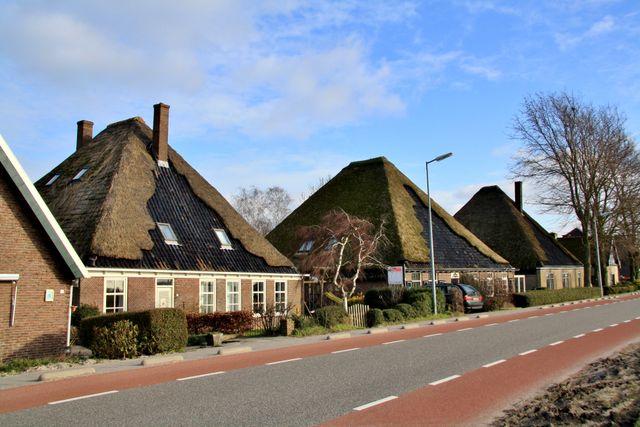
Pyramids of the polder land
The Wieringer farms, situated in the rolling, small-scale landscape with irregular allocations, often housed mixed farming activities. The farmers kept sheep and grew vegetables and grains. In addition to a stable for the sheep and maybe even a cow, there was also a threshing space. The pyramid only covers the storehouse and the living quarters and stables have their own roof.
If the farms are all lined up neatly with their fronts facing the road then you’re in a polder. You can see this on the Wieringerwaard, for example, which was impoldered at the start of the 17th century. The first farms are located along the dike. Later, when the inhabitants of the coast had gained more trust in dike construction and water level management, farms were also built in the polder. Here too they’re lined up on both sides of narrow, straight roads facing the road.
Behind the farms the land is vast and open. You can clearly see these lines in the flower fields when the blooming tulips form the characteristic, multi-coloured lanes. The farms’ high roofs, often built on double squares, stick out above the greenery that surrounds them, gives the Haubargs their nickname of ‘pyramids of the polders’.

